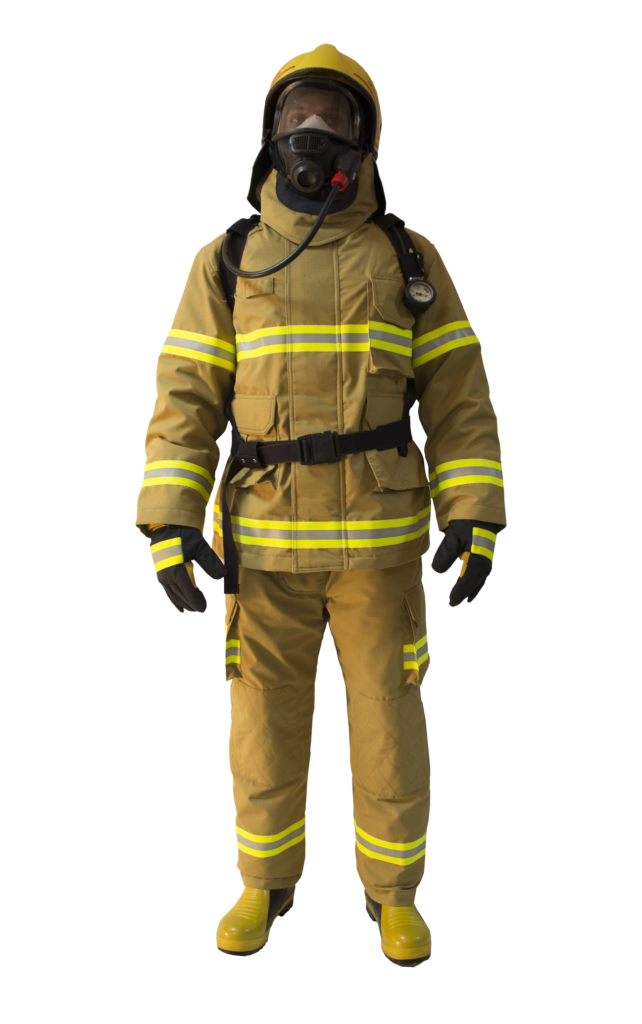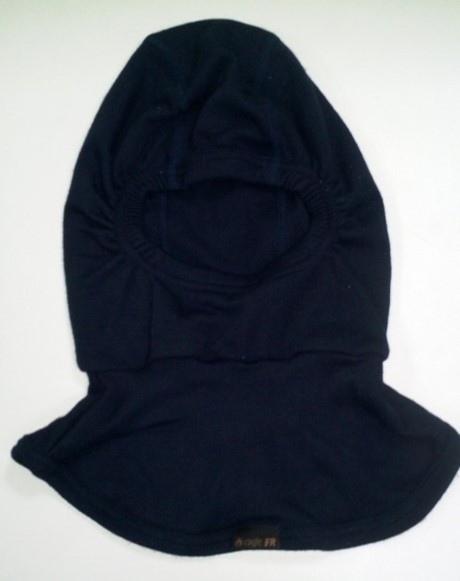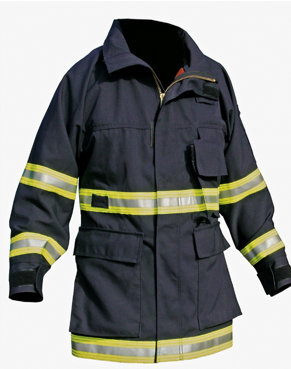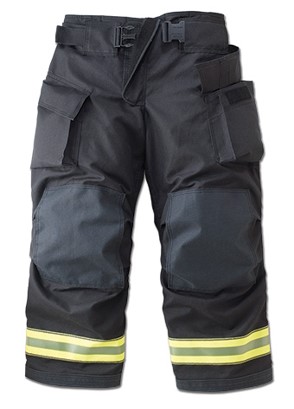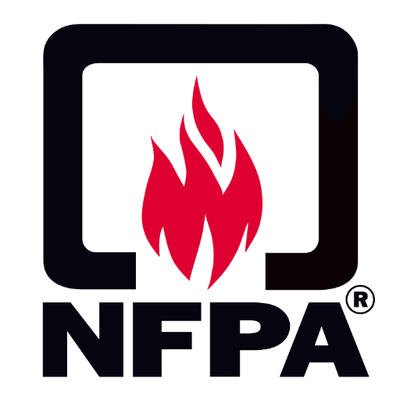Trust my readers are Happy and Healthy and are slowly but steadily returning to normalcy. We need to be careful not only during this period but at all times. In this blog of mine we shall discuss a very important aspect of firefighting which is called the Fire Hydrant system. A lot of money is spent on that all over the world but many are unaware what it is and how it can help in firefighting. We have seen them in the factories and buildings we work and have always wondered how they work? Let me tell you all about it.
We know that there are 3 stages of Fire. 1. Incipient stage 2. Growth stage 3. Fully developed or Fully involved stage. To fight the fire and extinguish it in the incipient stage and to some extent in the growth stage we can use the fire extinguishers and hose reels. But when the fire advances to the next stage these are simply not enough. Here we need the Hydrant system or the Fire Water Hose system. Automatic Sprinkler Systems too help here. But the sprinkler is more internal and the hydrant takes care of the external factor.
A hydrant system is a special outlet fitted on water mains for firefighting purpose. The definition is very clear and it says that this system cannot work without the abundance of water. To put this in proper perspective the fire trucks or fire engines carry a limited supply of water and it is exhausted very fast. Therefore, if a system with abundant water is provided fire can be fought till the fire services arrive and they too can use the system. Fire can be brought under control soon and structural damage can be limited .
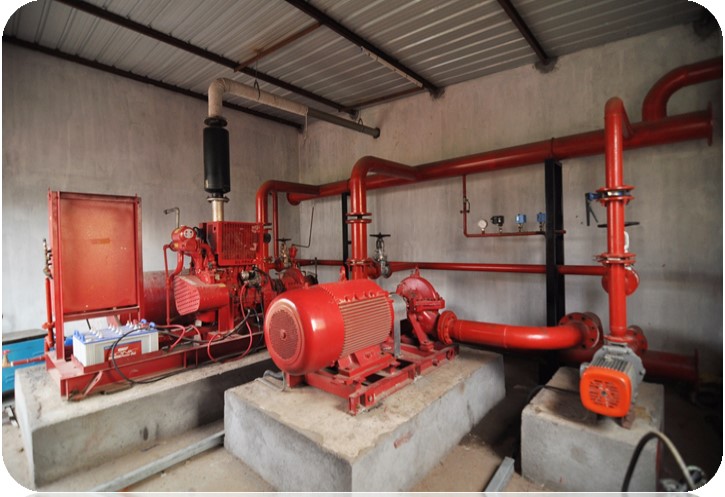
Let us study the system in detail. The heart of the system is called the pump room and it consists of 3 pumps. 1. Jockey Pump. 2. Main Pump and 3. Diesel Pump. This is a system under pressure and the entire network of complex piping is charged. Depending on the design requirements pressure is set. It usually starts at 7BAR and can go till 10BAR. Manual firefighting is not feasible at a pressure beyond 11BAR. The pumps are necessary to take care of the pressure and to ensure the correct pressure is maintained at all times during Fire Fighting.
- Jockey Pump : This pump gets switched on when pressure in the line drops below 5BAR. The pump when on increases the pressure levels to the optimum levels already set. The pump functions as per the pressure setting and rating.
- Main Pump : This pump switches on when the pressure drops below 4.5BAR. This usually happens when more outlets are operated. Hence this pump increases the pressure to the original set levels and can sustain the pressure for longer periods, even when multiple outlets are operated. But both the Jockey and Main Pump operate on Electricity and the Electricity for the pump house should be independent of the supply to the premises.
- Diesel Pump : This pump is the backup system for the Main and Jockey pumps. When there is a power failure this can be switched on and the firefighting operations can be continued. In some systems the technology is so designed that the pump can switch on automatically if there is a drastic drop in pressure and can bypass the main and jockey pumps.
All the pumps are interlocked for automatic operations through a MCC panel and pressure switch integration.
Every inlet needs an outlet and the outlets will be all around and the water flows through a maze of pipes and valves. Let me describe in brief about them.
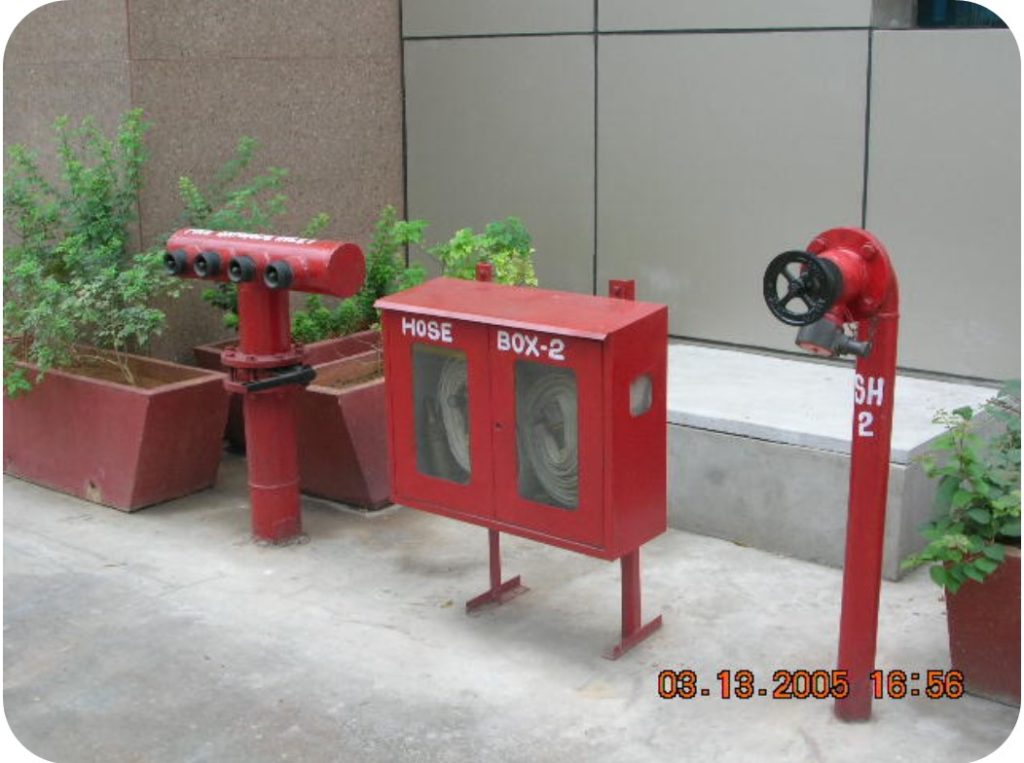
Hydrant Post : This is the main outlet and usually this is mounted on a pipe which looks like a lamp post. The outlet contains a Wheel to open and a coupling where the hose can be attached to it. The hydrant post is of either a single head or a double head and the heads are installed depending on the design requirement.
Hose Box or Hose Station : Next to the hydrant post we find a box where 2 hoses are kept. The hoses are called delivery hose or the fire hose. There are different types of hoses and the widely used Hose today is called RRL Hose (Reinforced Rubber Lining). There are 3 lengths of hoses and these are same across the world. They are 7.5mts, 15mts, and 30mts. For firefighting in the yard 15mts is the standard length and for using inside 7.5mts are used. In some places the hose box may be a little away from the Hydrant post. The delivery hoses have couplings which are universal sizes of 63mm diameter. The hose box contains a branch pipe or a nozzle along with the delivery hose. The box is locked and there will be a key in a small glass enclosure which can be easily broken. In the hose box a Branch pipe or normally called a Nozzle is placed along with the hoses.
Fire Service Inlet : This too looks like a hydrant post but the difference is this will be an inlet which can be used by the firefighters to fill the tank of the fire truck. As the water in the fire truck gets exhausted too quickly the firefighters can use the water provided. The fire service inlet is usually located near the entrance of the building.

Branch Pipe : This is one of the essential accessory without which fire fighting cannot be done. There are various types of branch pipes and describing each one of them in this blog would be too elaborate. But for information some of them are
- Jet Branch Pipe.
- Universal Branch Pipe.
- Curtain Branch Pipe.
- Foam Making Branch Pipe. And so on
To operate this system during fire ground operations 3 persons who are well trained are needed. In the case of civilian fire fighters 4 persons can too be there. As the system throws out water at a high pressure one needs to be trained to use it. Persons who are not trained should never operate the system as life can be lost if something goes wrong. The designated persons operating the hydrant are called
- Branch Man.
- Support and Signal Man.
- Hydrant valve opening man.
To operate the communicate during the operation the firefighters use simple voice and hand signals. The Signals are used to open the water, increase the pressure, maintain the pressure and close the water after firefighting.
A typical position of the branch man with his support will look as follows.

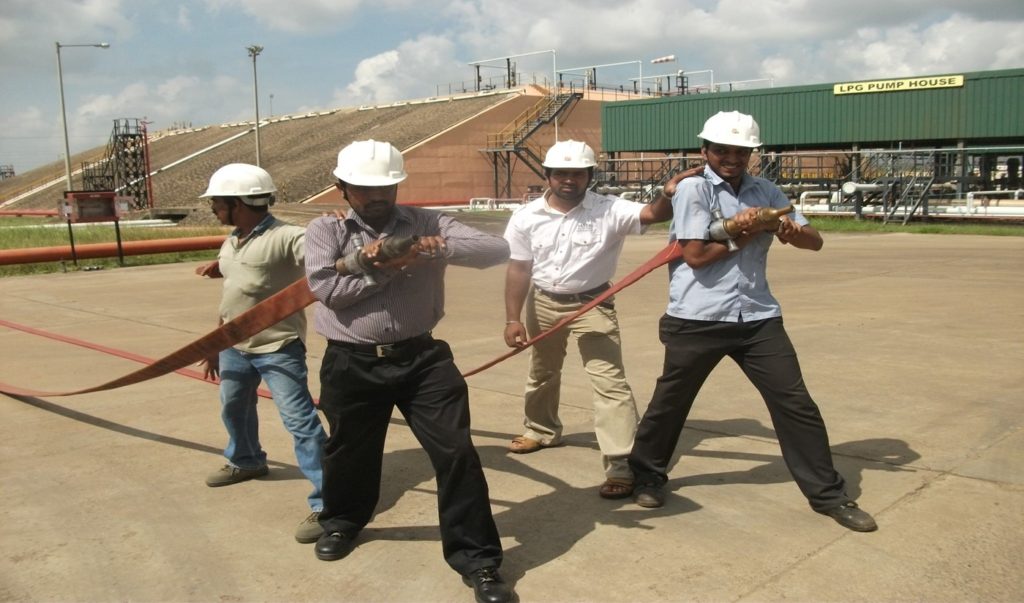
A part of the system is also a water Monitor which are fixed in one location and throw water with great force and to a long distance. They are easy to use and are strategically placed where the fuel load is high.

To conclude I would say that
“TACTICS WITHOUT TECHNOLOGY IS HELPLESS. TECHNOLOGY WITHOUT TACTICS IS USELESS”
WISH ALL MY READERS A MERRY CHRISTMAS AND A HAPPY AND SAFE NEW YEAR.
Till my next blog stay safe and be safe.
Seshadri Varadarajan.
9840814353.
